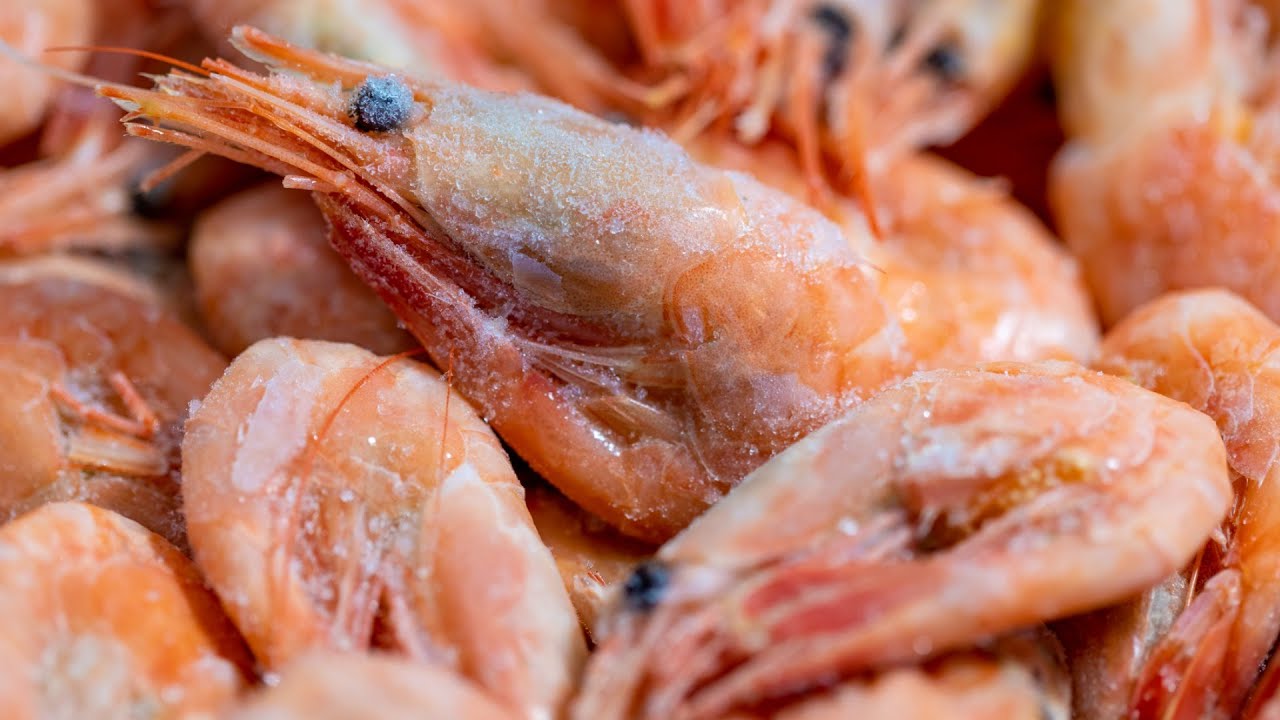

Articles
What Does Freezer Burnt Shrimp Look Like
Modified: May 6, 2024
Discover what freezer burnt shrimp looks like with our informative articles. Learn how to identify freezer burn and prevent it from happening to your seafood.
(Many of the links in this article redirect to a specific reviewed product. Your purchase of these products through affiliate links helps to generate commission for Storables.com, at no extra cost. Learn more)
Introduction
Freezer burn is a common phenomenon that affects the quality of frozen food, including shrimp. It occurs when frozen food is exposed to air, causing moisture to evaporate and leaving behind dehydrated areas. This can result in changes in texture, flavor, and overall appearance of the food. If you’ve ever wondered what freezer burnt shrimp looks like, this article will provide you with all the details you need to identify this undesirable occurrence.
Freezing is a popular method of preserving food, as it helps to maintain freshness and extend its shelf life. However, proper storage and handling are essential to ensure that the frozen food remains in optimal condition. Shrimp, in particular, is highly susceptible to freezer burn due to its delicate nature and high water content. Understanding the signs and appearance of freezer burnt shrimp can help you determine whether it is still safe to consume or if it’s time to toss it out.
In the following sections, we will delve into the causes of freezer burn on shrimp, the signs to look out for, and how to prevent it from occurring in the first place. By the end, you’ll have a clear understanding of what freezer burnt shrimp looks like and be equipped with the knowledge to avoid it in the future.
Key Takeaways:
- Freezer burn on shrimp can be identified by its whitish, dry, and leathery appearance, as well as the presence of ice crystals and an unpleasant odor. Preventing freezer burn through proper packaging and storage is crucial for preserving the quality of shrimp.
- Texture changes, blunted flavor, and an off odor are indicators of freezer burnt shrimp. Understanding the signs and implementing effective storage techniques can help maintain the freshness and flavor of frozen shrimp.
Read more: What Does Freezer Burned Chicken Look Like
What is Freezer Burn?
Freezer burn is a term used to describe the condition of frozen food when it becomes dehydrated and damaged due to exposure to air. It occurs when moisture within the food is converted into ice crystals and then evaporates, leaving behind dry, discolored, and unappealing areas on the surface. Although freezer burn doesn’t make the food unsafe to eat, it can significantly affect its taste, texture, and overall quality.
When food is stored in the freezer, it is crucial to prevent air and moisture from coming into contact with it. Freezer burn is more likely to occur when there is improper packaging or if the food has been stored for an extended period.
Typically, freezer burn affects the outermost layers of the frozen food, with the exposed areas showing signs of dehydration. While freezer burn is most commonly associated with meat and seafood, it can happen to any type of food that is not properly protected in the freezer.
It is important to note that freezer burn is not a health concern. It does not indicate that the food is spoiled or unsafe to consume. However, the quality of the food can be significantly compromised, as freezer burn can result in a loss of moisture, texture changes, and an unpleasant taste.
Now that we have a basic understanding of what freezer burn is, let’s explore why shrimp is particularly susceptible to this condition and the various factors that contribute to its occurrence.
What Causes Freezer Burn on Shrimp?
Shrimp, with its delicate texture and high water content, is especially prone to freezer burn. Several factors contribute to the occurrence of freezer burn on shrimp:
- Air Exposure: When shrimp is not properly sealed or wrapped, it is exposed to air in the freezer. The cold, dry air causes the moisture within the shrimp to evaporate, leading to freezer burn.
- Inadequate Packaging: Using improper packaging materials or methods can also contribute to freezer burn. Thin plastic bags or containers that are not airtight can allow air to come into contact with the shrimp, increasing the chances of freezer burn.
- Temperature Fluctuations: Frequent temperature fluctuations within the freezer can promote the formation of ice crystals on the surface of the shrimp. When these ice crystals melt and refreeze, it can worsen freezer burn.
- Long Storage Periods: The longer shrimp is stored in the freezer, the higher the likelihood of freezer burn. Over time, the quality of the packaging may deteriorate, making it easier for air to penetrate and dehydrate the shrimp.
- Improper Thawing: When shrimp is thawed improperly, such as at room temperature or in warm water, it can lead to moisture loss and contribute to freezer burn when refrozen.
It is crucial to take preventive measures to minimize the likelihood of freezer burn on shrimp. By understanding the signs to look out for, you can quickly identify if your shrimp has been affected by freezer burn. In the next section, we will explore the visible signs and appearance of freezer burnt shrimp.
Signs of Freezer Burn on Shrimp
Freezer burn on shrimp is typically easy to identify if you know what to look for. Here are some signs that indicate your shrimp may have freezer burn:
- Discoloration: Freezer burnt shrimp often exhibits a whitish or grayish appearance on the surface. This discoloration is a result of the dehydration and loss of moisture caused by freezer burn.
- Dry Texture: When you touch freezer burnt shrimp, you will notice a dry and leathery texture. The moisture loss due to freezer burn causes the shrimp to become tough and chewy.
- Ice Crystals: Another sign of freezer burn on shrimp is the presence of ice crystals on the surface. These ice crystals form when the moisture within the shrimp turns into ice and then evaporates, leaving behind a frosty or icy appearance.
- Opaque Appearance: Shrimp affected by freezer burn may appear opaque rather than translucent. The loss of moisture alters the natural transparency of the shrimp’s flesh, resulting in a cloudy or dull appearance.
- Unpleasant Odor: Freezer burnt shrimp may have a distinct odor that is often described as off or stale. The loss of moisture and oxidization can cause the shrimp to develop an unpleasant smell.
Keep in mind that these are general signs of freezer burn on shrimp. The severity of freezer burn can vary, and in some cases, you may notice only mild indications, while in others, the shrimp may be significantly affected. It is essential to examine the shrimp thoroughly to determine the extent of freezer burn.
Now that you are familiar with the signs of freezer burn on shrimp, let’s delve into the specific appearance and texture changes that can occur in freezer burnt shrimp.
Appearance of Freezer Burnt Shrimp
When shrimp is affected by freezer burn, its appearance undergoes noticeable changes. Here is what freezer burnt shrimp may look like:
- White or Grayish Color: Freezer burnt shrimp often takes on a whitish or grayish hue. This change in color is due to the dehydration and loss of moisture caused by freezer burn.
- Dull and Opaque: The shrimp may appear dull and lacking its natural shine. The loss of moisture alters the translucency of the shrimp, making it appear opaque instead.
- Frosty or Icy Texture: You may notice the presence of ice crystals on the surface of freezer burnt shrimp. These ice crystals form when the moisture in the shrimp turns into ice and subsequently evaporates.
- Wrinkled or Shriveled: Freezer burnt shrimp can become wrinkled or shriveled, especially in areas where the dehydration is more severe. The loss of moisture causes the shrimp to lose its plumpness and elasticity.
- Leathery or Tough: The texture of freezer burnt shrimp becomes dry, leathery, and tough. The loss of moisture leads to a chewy and undesirable eating experience.
It’s important to note that these appearance changes are indicative of freezer burn on shrimp. While the shrimp may still be safe to consume, the quality and taste may be significantly compromised. It is advisable to carefully evaluate the shrimp before using it in any recipes to ensure the best outcome.
In the next section, we will explore the texture changes that occur in freezer burnt shrimp.
Freezer burnt shrimp will appear discolored, with white or grayish spots on the surface. The texture will be dry and tough. To prevent freezer burn, make sure to properly seal the shrimp in an airtight container or freezer bag before freezing.
Read more: What Does A Shed Look Like
Texture Changes in Freezer Burnt Shrimp
When shrimp is affected by freezer burn, the texture undergoes noticeable changes that can significantly impact the eating experience. Here are the texture changes you may observe in freezer burnt shrimp:
- Dry and Leathery: Freezer burnt shrimp becomes dry and leathery due to the loss of moisture caused by freezer burn. This texture can make the shrimp tough and less enjoyable to eat.
- Tough and Chewy: The dehydration process in freezer burnt shrimp leads to a loss of tenderness and a chewy texture. The shrimp may require more effort to chew and may feel rubbery in the mouth.
- Flaky or Crumbly: In more severe cases of freezer burn, the shrimp can become flaky or crumbly. The loss of moisture contributes to the breakdown of the shrimp’s structure, resulting in a less cohesive texture.
- Loss of Juiciness: Freezer burnt shrimp loses its natural juiciness due to the dehydration process. This can result in a less satisfying eating experience, as the shrimp may feel dry and lacking in moisture.
- Less Bouncy or Firm: The loss of moisture in freezer burnt shrimp affects its bounce and firmness. The shrimp may feel less springy and tend to lose its shape when cooked.
It is important to keep in mind these texture changes when assessing freezer burnt shrimp. The loss of moisture and changes in texture can impact the overall quality of the shrimp, making it less desirable to consume. However, if the freezer burn is mild and the shrimp still smells and tastes good, you may be able to salvage it by using different cooking methods or incorporating it into dishes where the texture changes may be less noticeable.
In the next section, we will discuss the smell and taste of freezer burnt shrimp.
Smell and Taste of Freezer Burnt Shrimp
Freezer burnt shrimp can have distinct changes in smell and taste due to the effects of freezer burn. Here’s what you may notice:
- Off or Stale Odor: Freezer burnt shrimp may emit an off or stale odor. The loss of moisture and exposure to air can cause the shrimp to develop an unpleasant smell. Trust your sense of smell and if the shrimp smells fishy or has an ammonia-like scent, it may be an indication of spoilage.
- Blunted Flavor: Freezer burnt shrimp may experience a blunted or altered flavor profile. The loss of moisture and the changes in texture can diminish the natural sweetness and delicate taste of the shrimp. It is common for freezer burnt shrimp to have a dull or less pronounced taste compared to fresh shrimp.
- Unpleasant Aftertaste: Consuming freezer burnt shrimp may leave you with an unpleasant aftertaste. The changes in texture and flavor can result in a lingering, undesirable sensation in your mouth. If you detect a “freezer burn” taste or a strong metallic taste, it’s best to discard the shrimp.
The smell and taste of freezer burnt shrimp can vary depending on the severity of the freezer burn and the overall quality of the shrimp before freezing. It is important to trust your senses and use your discretion when determining whether freezer burnt shrimp is still suitable for consumption.
Now that we have explored the signs, appearance, texture changes, smell, and taste of freezer burnt shrimp, let’s move on to the crucial topic of preventing freezer burn to preserve the quality of your shrimp.
Preventing Freezer Burn on Shrimp
Preventing freezer burn on shrimp requires proper storage and handling techniques. By following these guidelines, you can help preserve the quality of your shrimp and minimize the risk of freezer burn:
- Ensure Proper Packaging: Use airtight packaging materials such as freezer-safe plastic bags or containers to seal the shrimp. Remove as much air as possible before sealing to minimize the exposure to oxygen.
- Double-Wrap for Extra Protection: Consider double-wrapping the shrimp to provide an additional layer of protection against air and moisture. You can wrap the shrimp tightly in plastic wrap before placing them in a freezer bag or container.
- Label and Date: Remember to label the packaging with the date of freezing, as well as the contents. This will help you keep track of the shrimp’s freshness and ensure you use the oldest packages first.
- Maintain Consistent Freezer Temperature: Avoid frequent temperature fluctuations within the freezer by not overcrowding it and keeping the door closed as much as possible. This will help maintain a stable environment and reduce the formation of ice crystals on the shrimp.
- Use Quality Freezer Storage: If possible, invest in a freezer with advanced features such as a quick-freeze option or a deep freeze setting. These features help maintain a more constant temperature and minimize the risk of freezer burn.
- Adhere to Recommended Storage Times: Shrimp should ideally be consumed within three to six months of freezing. Be mindful of the recommended storage times and try to use the shrimp within the suggested timeframe to minimize the risk of freezer burn.
By following these preventive measures, you can significantly reduce the likelihood of freezer burn on your shrimp, ensuring that they remain fresh and flavorful for longer periods.
Now that you are equipped with the knowledge of how to prevent freezer burn on shrimp, let’s move on to discussing the proper storage of shrimp in the freezer.
Proper Storage of Shrimp to Prevent Freezer Burn
Proper storage of shrimp in the freezer is essential to prevent freezer burn and maintain their quality. Follow these guidelines to store shrimp effectively:
- Choose High-Quality Shrimp: Start with fresh, high-quality shrimp when freezing. The better the quality of the shrimp before freezing, the better it will hold up in the freezer.
- Clean and Prepare Shrimp: Thoroughly clean and devein the shrimp before freezing. Pat them dry with a paper towel to remove excess moisture, as this can contribute to freezer burn.
- Wrap Individually: Wrap each shrimp individually or separate them into smaller portions before freezing. This will make it easier to thaw only the amount needed and reduce the risk of exposing the entire batch to air when opening the packaging.
- Place in Airtight Containers: Transfer the wrapped shrimp to airtight containers or freezer-safe bags. Remove as much air as possible before sealing to minimize the chance of air coming into contact with the shrimp.
- Arrange in a Single Layer: Lay the shrimp flat in a single layer in the container or freezer bag. Avoid overcrowding, as this can cause the shrimp to stick together and potentially form ice crystals.
- Freeze Quickly: Place the shrimp in the coldest part of the freezer to ensure rapid freezing. Quick freezing helps preserve the shrimp’s texture and reduces the formation of ice crystals.
- Maintain Proper Freezer Temperature: Set your freezer temperature to 0°F (-18°C) or below. This low temperature helps maintain the quality of the shrimp and minimizes the risk of freezer burn.
- Use First-in, First-out (FIFO) Method: Practice the FIFO method by using the oldest packages of shrimp first to ensure they are consumed within the recommended storage time and maintain their freshness.
By following these storage guidelines, you can help prevent freezer burn on your shrimp and ensure they retain their flavor and quality when you’re ready to enjoy them.
Now that you have a clear understanding of preventing freezer burn and proper storage, we can conclude this article.
Read more: What Does A Plunger Look Like
Conclusion
Freezer burn can impact the quality and taste of frozen shrimp, but with proper understanding and preventive measures, you can minimize its occurrence. Freezer burn occurs when shrimp is exposed to air and moisture evaporates, leading to discoloration, texture changes, and an altered taste. Fortunately, by recognizing the signs of freezer burn, such as discoloration, dry texture, ice crystals, and an unpleasant odor, you can determine if shrimp has been affected.
To prevent freezer burn, take measures to ensure proper storage. Use airtight packaging, double-wrap for extra protection, and maintain consistent freezer temperatures. Adhering to recommended storage times and practicing first-in, first-out (FIFO) ensures that you use the oldest shrimp first. By implementing these steps, you can preserve the quality of your shrimp and minimize the risk of freezer burn.
While freezer burn may not render shrimp unsafe to eat, it can result in a dry, tough texture and a blunted flavor. Therefore, it is important to assess the shrimp’s appearance, texture, smell, and taste before enjoying it. If the shrimp shows extensive signs of freezer burn or has an off odor or taste, it’s best to discard it.
By understanding the signs of freezer burn and implementing proper storage techniques, you can continue to enjoy the freshness and flavor of your shrimp. Remember to prioritize quality when freezing shrimp, and whenever possible, opt for fresh, high-quality shrimp to achieve the best results.
Now that you’re equipped with knowledge on freezer burn prevention and how to properly store shrimp, you can ensure that your frozen shrimp remains in optimal condition until you’re ready to savor their deliciousness.
Curious about the impacts of freezer burn beyond just shrimp? Our article on how freezer burn affects various foods offers insights into preventing this common issue. Also, if you're planning to update your kitchen storage, don't miss our guide on the best food storage options available for 2024, perfect for keeping your culinary treats fresh and flavorful.
Frequently Asked Questions about What Does Freezer Burnt Shrimp Look Like
Was this page helpful?
At Storables.com, we guarantee accurate and reliable information. Our content, validated by Expert Board Contributors, is crafted following stringent Editorial Policies. We're committed to providing you with well-researched, expert-backed insights for all your informational needs.





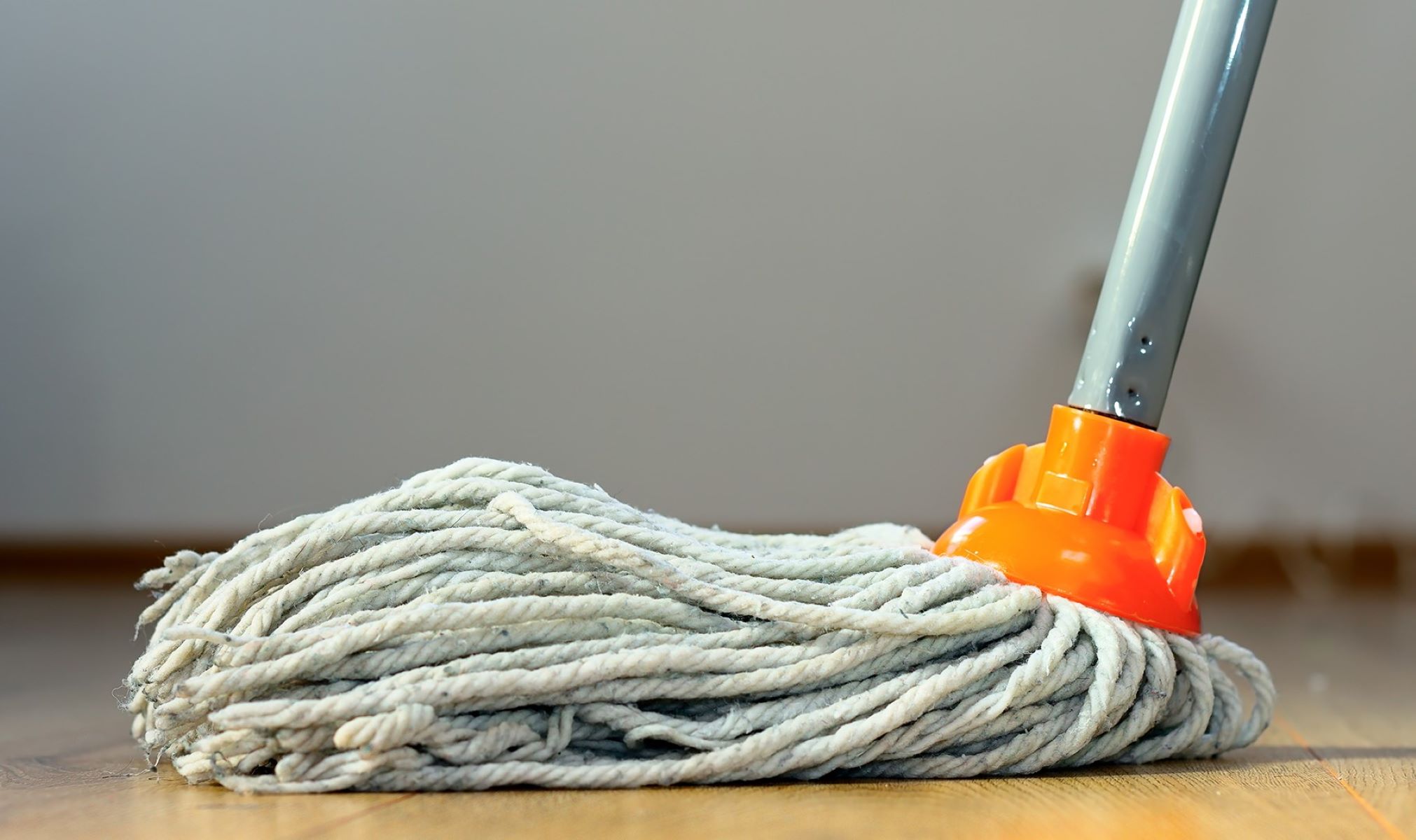
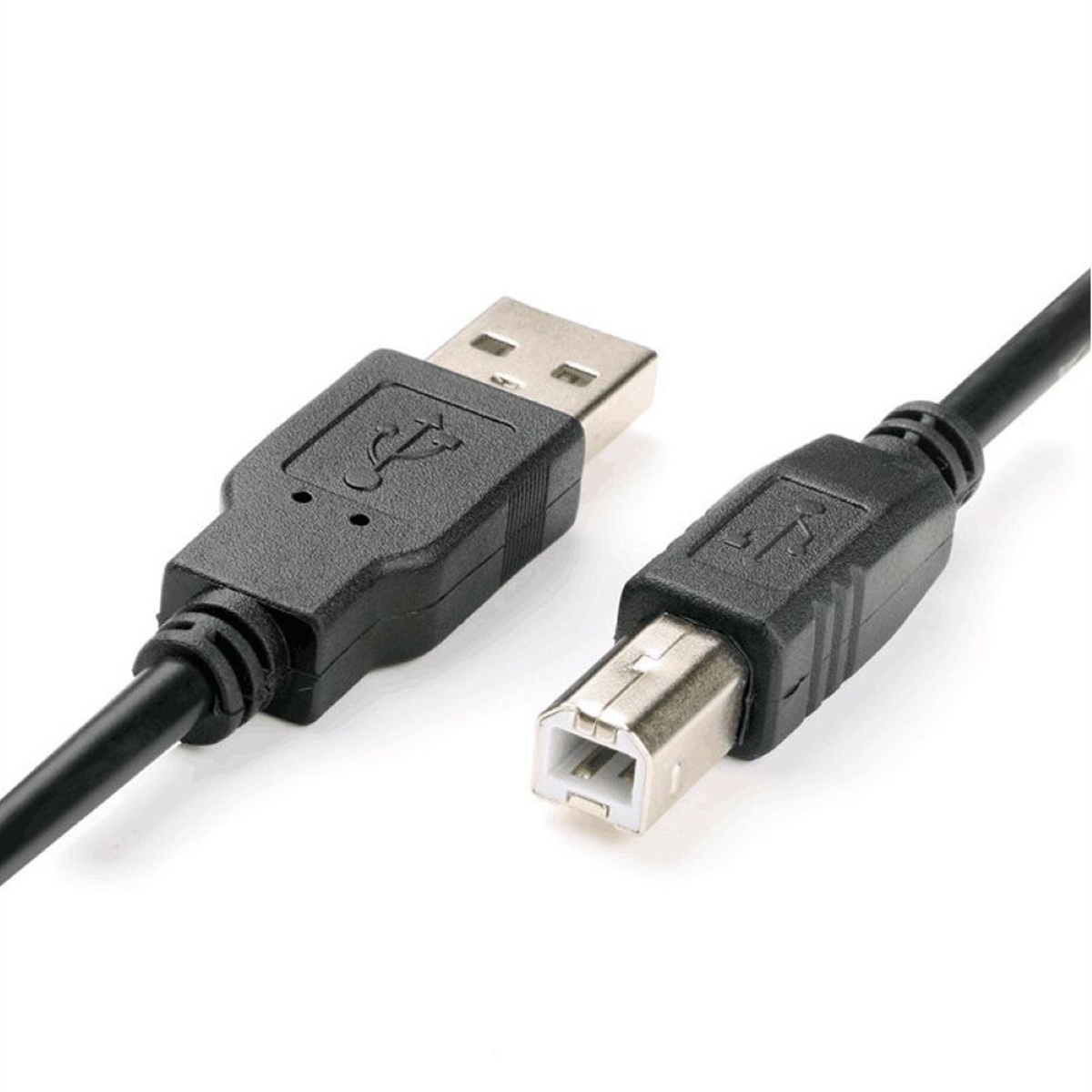



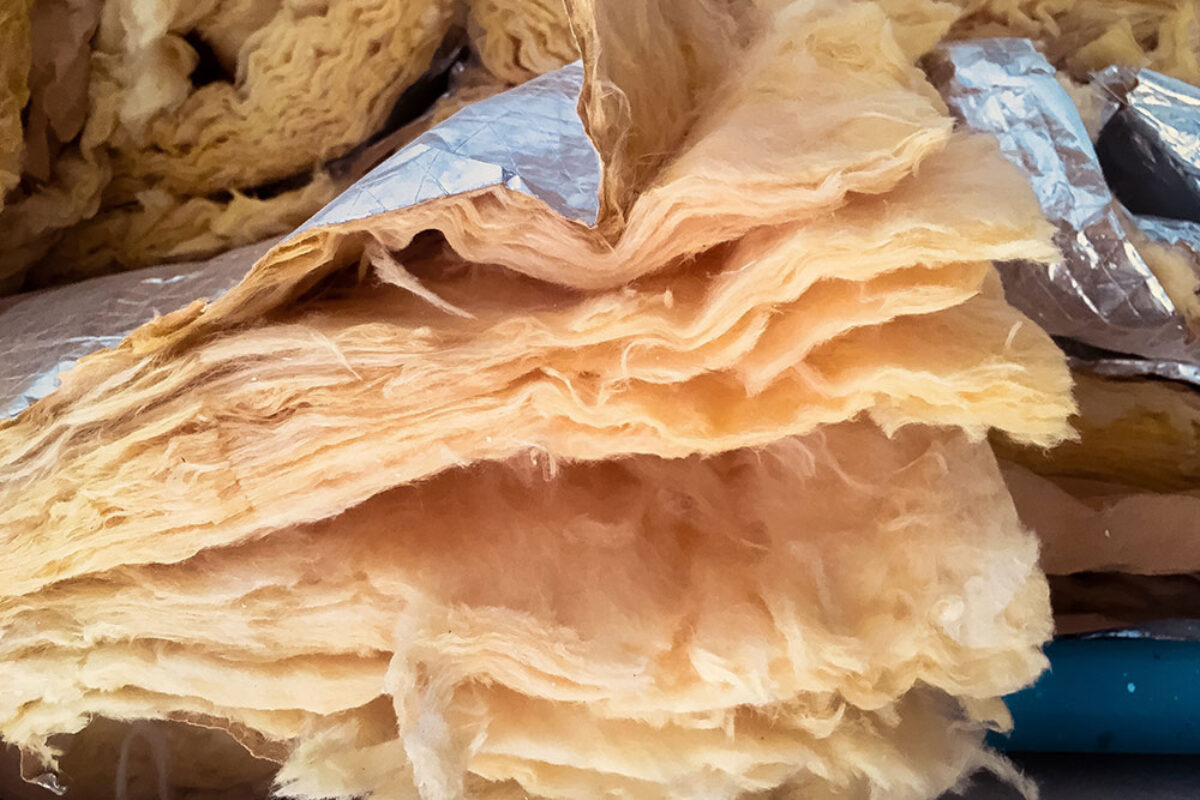
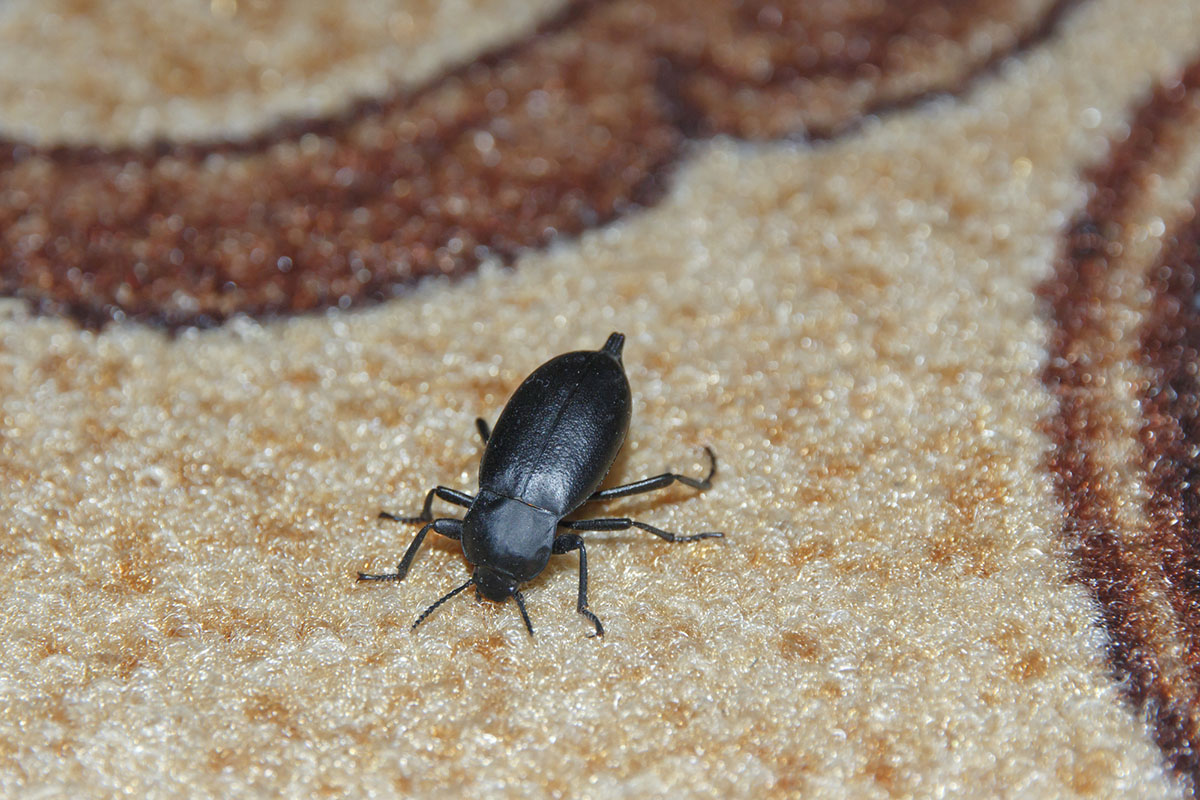
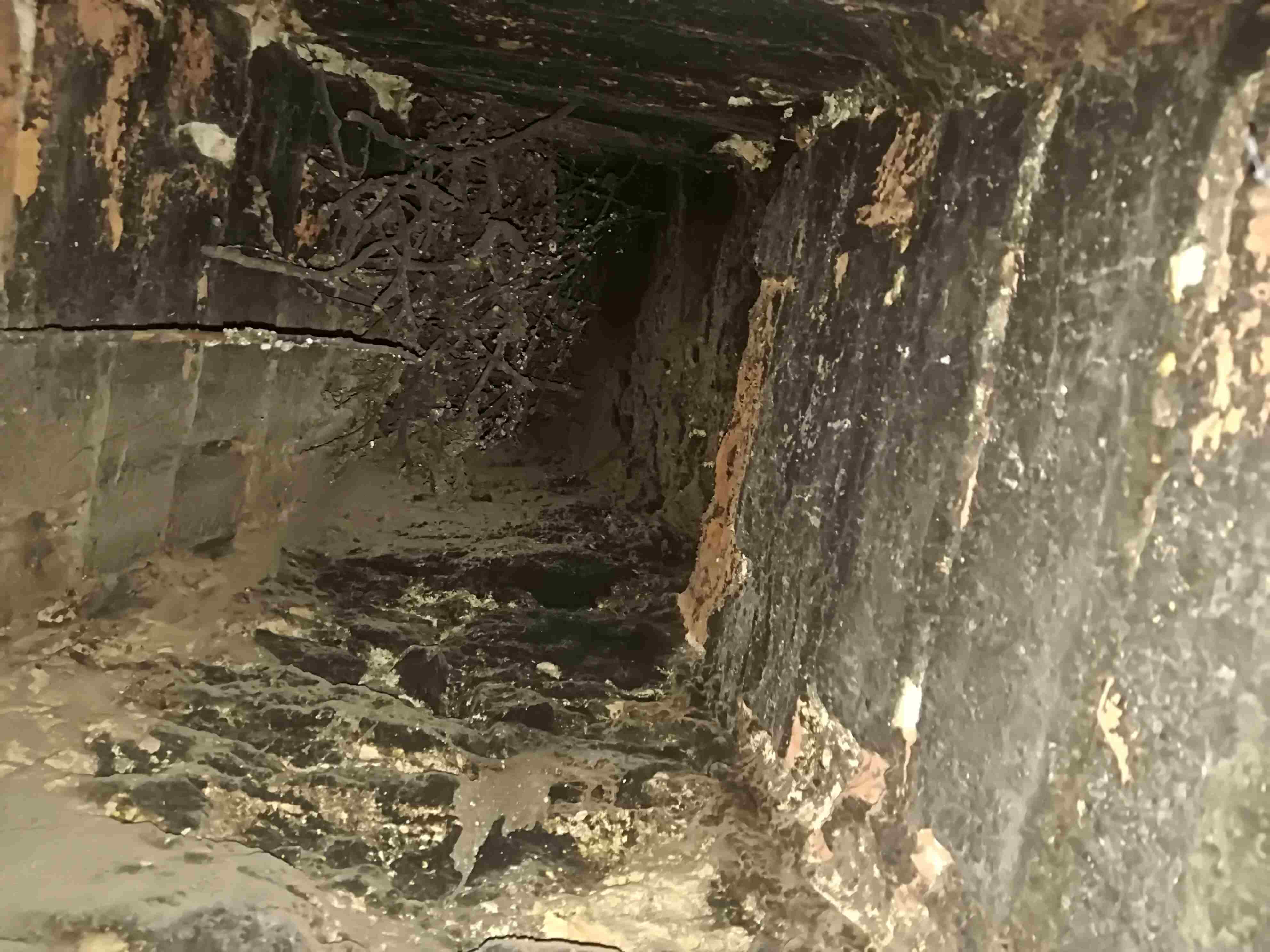

0 thoughts on “What Does Freezer Burnt Shrimp Look Like”